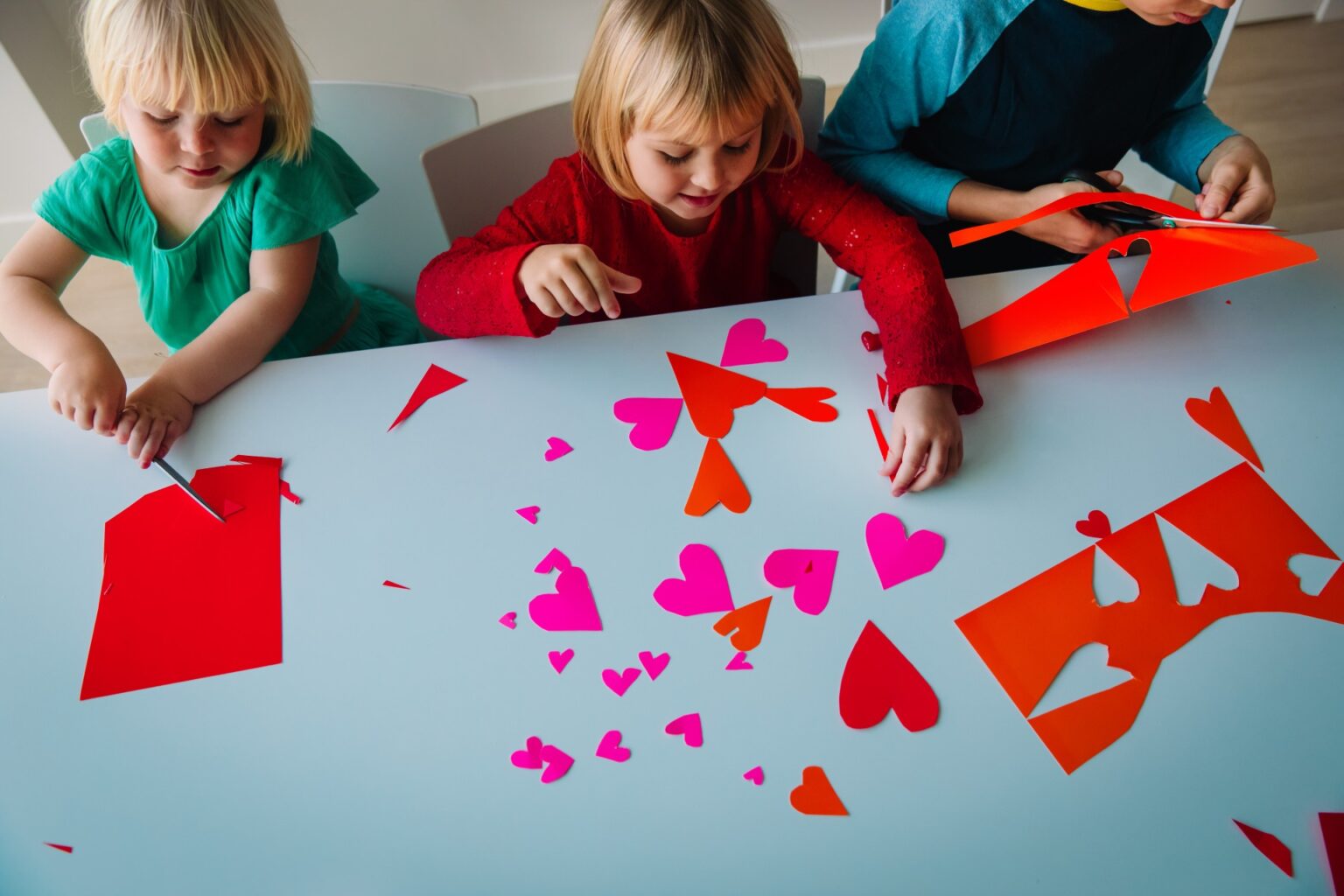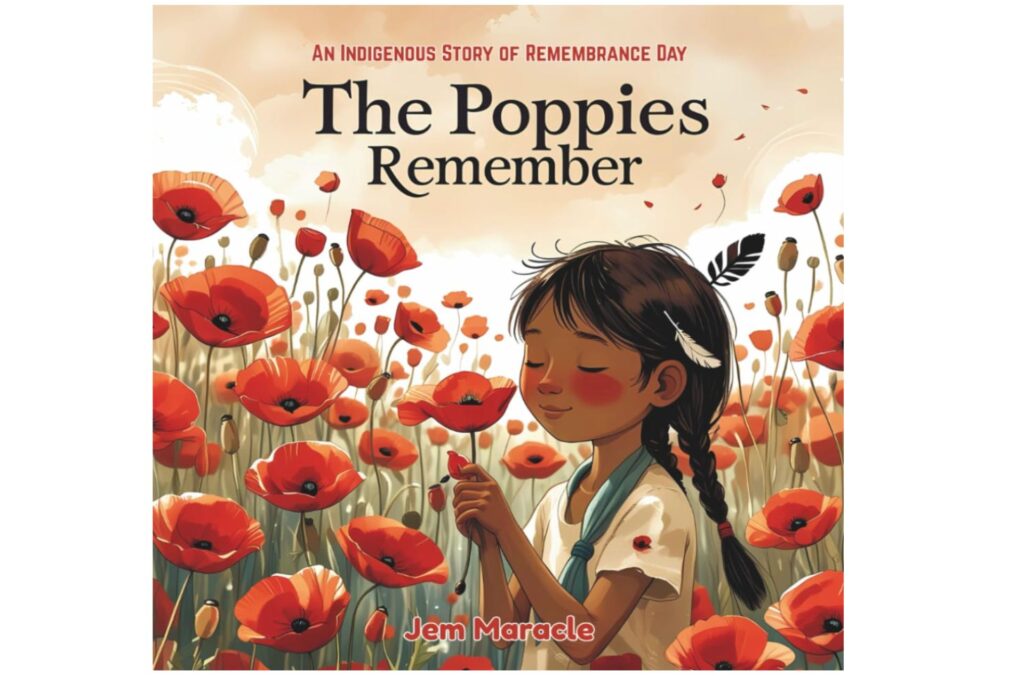Valentine's Day can be a really wonderful core memory. But it also has the potential to be a difficult experience for some kids. Read on for some easy ways to help ensure that celebrating Valentine's Day at school is positive and inclusive for everyone.
We all remember what it was like to celebrate Valentine’s Day at school. You would fill out cards for your friends and hope that all your friends remembered to write one for you! Celebrating Valentine’s Day at school can be such a fun tradition, but you must tread carefully. Not every child has the same experience at home when it comes to affording or help filling out valentines, and not all children have a large social circle that would garner them a bag full of cards. Read on for some inclusive, constructive ways to help your kids and their classmates to have a positive experience on February 14.
Focus on Empathy and Inclusion
“I like to focus on friendship and build an inclusive classroom,” says Dimitra Tsolos, a teacher in the Toronto District School Board. “We read stories about friendship, make cards, talk about empathy and have a little party.”
But, says Tsolos, there are a few things parents should keep in mind to ensure that Valentine’s Day is a happy day for all children:
- Ask your teacher for a list of all the student’s first names and make sure that your child gives a card to everyone in the class. All kids look forward to receiving a Valentine’s Day card and you don’t want to risk excluding anyone. Some teachers may ask you to not add names so they are easier to pass out.
- Make sure that the language your child uses to write the cards is affirmative. Ensure they use positive language and not sentences such as, “You are sometimes nice,” or “You were nice to me once.”
- If you are having difficulty convincing your child to use empathetic language or write a card for everyone, flip the script. Use the opportunity to ask them how they would feel if the roles were reversed and they didn’t get a nice card—or any card at all. Empathy is an important skill for children to learn.
- Encourage your child to create their own card out of construction paper instead of buying a set of boxed cards. Then have them decorate each card in their own unique way. This help to level the playing field in terms of how much a family can afford in store-bought cards and gifts.
- If you would like to bring in a treat for your child’s class, ask the teacher first. It's imperative to be respectful of allergies and opt for school-safe products. There may also a focus on healthy eating, so consider bringing in chocolate-dipped fruit or granola bars instead of chocolate bars and candy.
- A gift for the teacher is thoughtful but not necessary. If you want to send a little something, examples of appropriate gifts are a coffee, card or chocolates. It’s the thought that counts!
Teachable Moments During Valentine's Day at School
Knowing how important it is for our kids to learn empathy and compassion, Tsolos created a special activity for her students for Valentine’s Day. It also has the added benefit of taking the pressure of Valentine's Day off of parents and turning the event into a teachable moment. You might want to suggest this to your child’s teacher.
- Brainstorm ways you can show appreciation for others, keeping in mind the character education traits of the school system—respect, responsibility, kindness and caring, empathy, teamwork, fairness, honesty, cooperation, integrity, perseverance and more.
- Think, pair, share and discuss ways that kids can tell their friends and classmates how much they mean to them.
- Have each child fill out a card for each of their classmates. The template is: “Dear [Name], One great thing I like about you is [fill in blank]. Happy Valentine’s Day! From [Name].” Don't forget to decorate!
- All the cards are handed out on Valentine’s Day and by the end, every student has cards that reflect what their classmates like about them. It’s an instant confidence and team builder.











